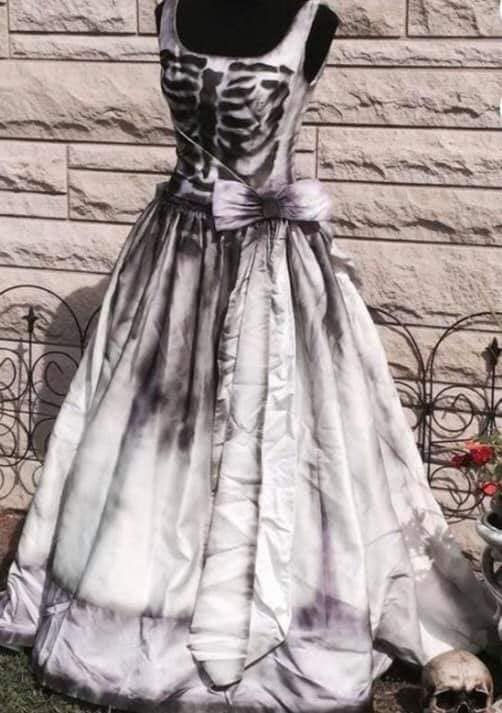ETHICS SPEARHEADING FASHION
- Rebecca

- Oct 7, 2019
- 3 min read
Fashion is the second largest polluter with nearly three fifths of all clothing ending up in either incinerators or landfills within a year of being produced. Garment factories are responsible for pumping toxic chemicals in rivers, the use of dangerous pesticides by farmers, and thousands of gallons of water to make one t-shirt.

We buy 60% more clothing than we did 15 years ago, but keep it for half as long. Fast fashion not only has a negative impact on people and the environment, but your bank balance, too. The Environmental Protection Agency found in 2013 that there were 15 million tons of textile waste, and that the average American throws away 70 pounds of clothing and other textiles each year.
The awareness of these detrimental impacts that the fashion industry is causing has reached consumers and people are starting to seek solutions, and upcycling is a serious trend that is gaining momentum at the moment. This is about fashion being more ethical and sustainable by upcycling clothing. For example, you can take a weary old t-shirt and breathe new life into it by tie-dying it and embellishing it to create something totally unique and wearable again.
Around the world upcycling communities and workshops have flourished where like-minded people can share ideas and inspire others to transform worn out items of clothing or idle pieces of fabric into something really amazing.
Whilst at university in my first semester, I was given a piles of unwanted clothes from my lecturer. This was part of a project heavily inspired by "Make Do And Mend" from the Second World War when UK ladies had to be not only inventive, but highly creative. I had to create a fashionable outfit out of a pile of unwanted clothes that were to be modeled as part of my exam. I transformed a pair of grey men's trousers into a tight-fitting pencil skirt, and created a fashion top that complimented it beautifully. I recall how fun it was and that it made me feel I had achieved the impossible.
I must say, though, there happens to be a sense of irony here. During the 1940s UK ladies had to upcycle due to rationing and shortages; today, we are encouraged to upcycle because we have too much and putting it to waste, that in turn, is affecting people and the environment.
Browsing on Facebook I'm seeing a renaissance in creativity, and a revival in the sewing machine. One person transformed their wedding dress into a spooky Halloween dress using stenciling, another person gathered together selected scraps and scarves to create a patchwork waistcoat. One lady knitted a pretty scarf from teabag strings, while another lady created two winter hats from two well worn jackets and a quilted pillow sham.



Apart from purchasing a new winter coat, I intend to either upcycle (when I can) or shop secondhand.
I volunteer at the British Heart Foundation charity shop in Camberley helping to save million of lives by raising money for them, but I also help to sustain the planet too.
A lot of people have this preconceived idea, or thought, that charity shops are dirty nasty places that sell tatty old clothes. This isn't so! In every shop a team of people sort through tons of donated clothes and only pick the best, in regards to quality and if it's fashionable, to sell. Not only that, but high street shops and stores donate brand new items, too.
Charity shops are one of those places you never know what you want until you see it.
Already, I'm starting to see more young people embrace the idea of shopping in charity shops which is a great thing.
The fundamentals of upcycling is ETHICS. It's taking into account the environment and the people on this planet. People all around the world are starting to unite in a worthy cause, while at the same time, celebrating in the creativity and invention that brings social achievement. A Fashion Revolution is taking place and it's something that cannot be ignored.
ETHICAL TIPS:
1.) Want to update jeans? Cut the hems with scissors and pop them in the wash for an instant frayed look.
2.) Gently run a blunt razor over the surface of knitwear to get rid of bobbles.
3.) Add fringing to the hem of a skirt, sew patches on to a vintage denim jacket, glue sequins to your sliders or embroider a slogan on to an old t-shirt.
4.) Grab some dye and elastic bands and embrace the tie-dye trend

Comments